The ancient murals have been undergoing restoration for the past 20 years.
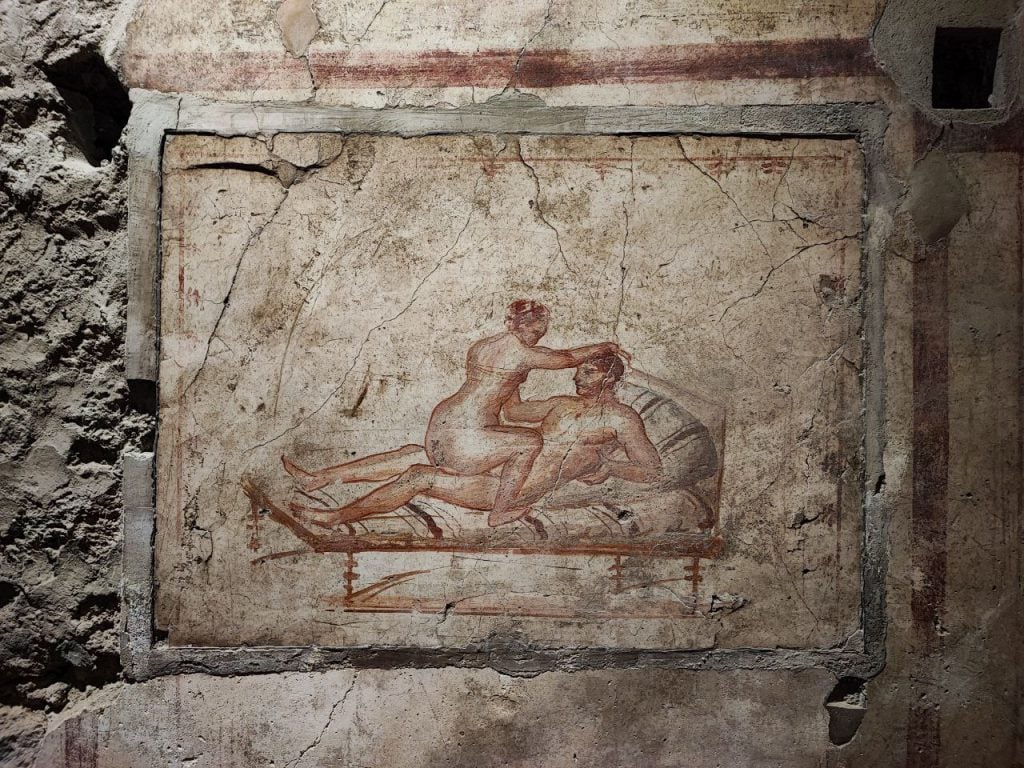
After 20 years of restoration, Pompeii has reopened the House of the Vettii, allowing visitors to see its erotic frescoes in the richly painted villa for the first time in two decades.
“You can stand before these images for hours and still discover new details,” Gabriel Zuchtriegel, director of the Archaeological Park of Pompeii, told the Associated Press.
Those details include a depiction of Priapus, the Greek god of fertility and abundance, with a massive erection, weighing his turgid phallus on a scale against a hefty bag of coins. The seemingly obscene image would have served as a symbol of the homeowners’ prosperity.
“It’s all about saying, ‘We’ve made it and so we are part of this elite,’” Zuchtriegel added.
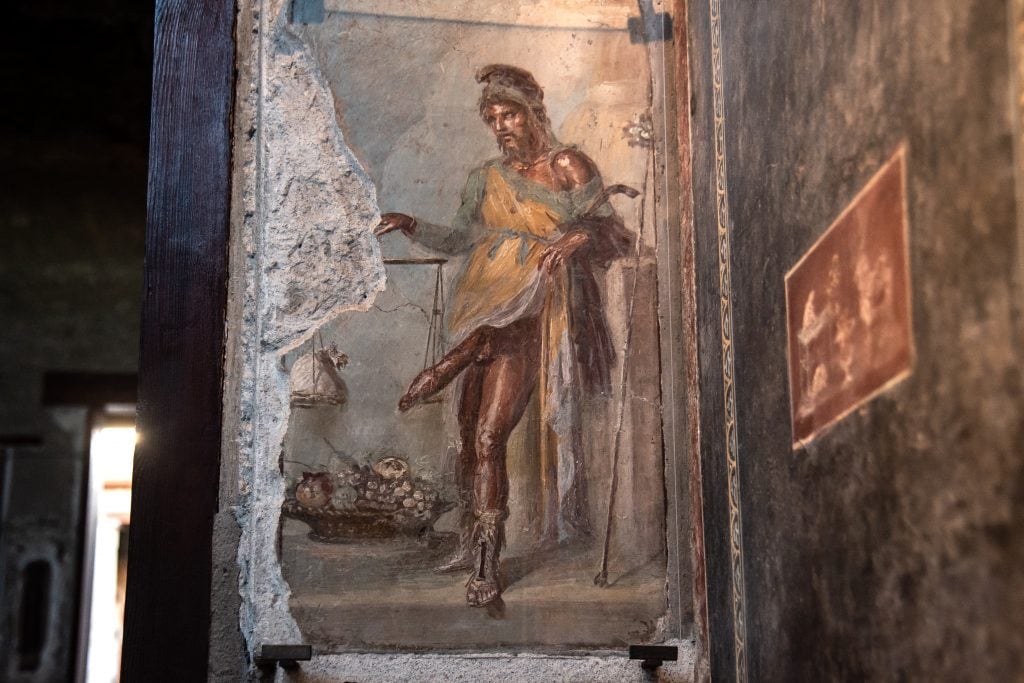
A fresco depicting God Priapus in the House of the Vettii in the Archaeological Park of Pompeii. Photo by Ivan Romano/Getty Images.
The House of the Vettii was the home of Aulus Vettius Conviva and Aulus Vettius Restitutus, two freed slaves who made their fortune selling wine. Historians previously believed the two were brothers, but their shared name probably comes from their former owner.
Their unlikely success story adds to the townhouse’s importance in Roman history.
“The owners, freedmen and ex-slaves, are the expression of a social mobility that would have been unthinkable two centuries earlier,” Zuchtriegel said in a statement. “Their wealth stemmed from commerce in agricultural produce from the territory around Pompeii, but it would appear that prostitution was also practiced in their house by a Greek slave woman who belonged to the most deprived groups of society.”
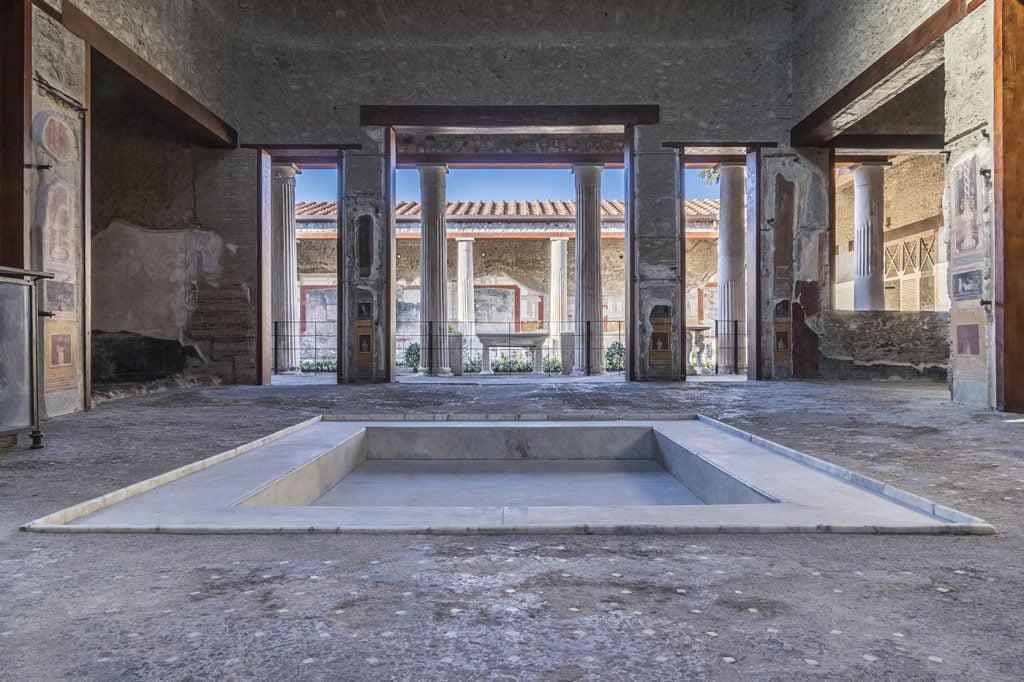
The House of the Vettii in Pompeii. Photo by Silvia Vacca, courtesy of the Archaeological Park of Pompeii.
Evidence of the Vettiis’ rise in society includes bronze and marble sculptures and other ornate furnishings.
More erotic paintings—a common subject in Pompeii that currently has its own exhibition at the archaeological park—can be found in a room off of the kitchen in the part of the home that would have served as quarters for enslaved members of the household, accessible only through a heavy iron door. An inscription on the wall of the entrance hall appears to be an ad for Eutychis, “a Greek woman of pleasant manners,” her services available for two copper coins. Experts now believe that the room would have been used as a small brothel.
Following the temporary reopening of the building’s atrium and entrance hall in 2016, the full home is now welcoming visitors to the ancient city, frozen in time after the eruption of Mount Vesuvius in 79 A.D. buried it in ash.

The House of the Vettii in Pompeii. Photo by Luigi Spina, courtesy of the Archaeological Park of Pompeii.
The long-running renovation work at the site, first excavated in the late 1800s, faced many challenges—in large part due to an earlier attempt to preserve the ancient artworks by covering them with layers of parafin wax. Meant to protect the paintings and make them shine, the coating actually proved damaging. It also obscured the works’ delicate details, which became harder to see as the wax grew cloudy over the decades.
“The bright colors and a myriad of details covered by the layers of wax during the 20th-century restoration have re-emerged,” Arianna Spinosa, Pompeii’s director of restoration work, told the Art Newspaper.
The house also required significant structural repairs, from replacing the roof and fixing the floors to replanting the garden and repairing the water channels in peristyle, an outdoor courtyard with an 18-column colonnade.
See more photos of the restored dwelling below.

The House of the Vettii in the Archaeological Park of Pompeii. Photo by Ivan Romano/Getty Images.
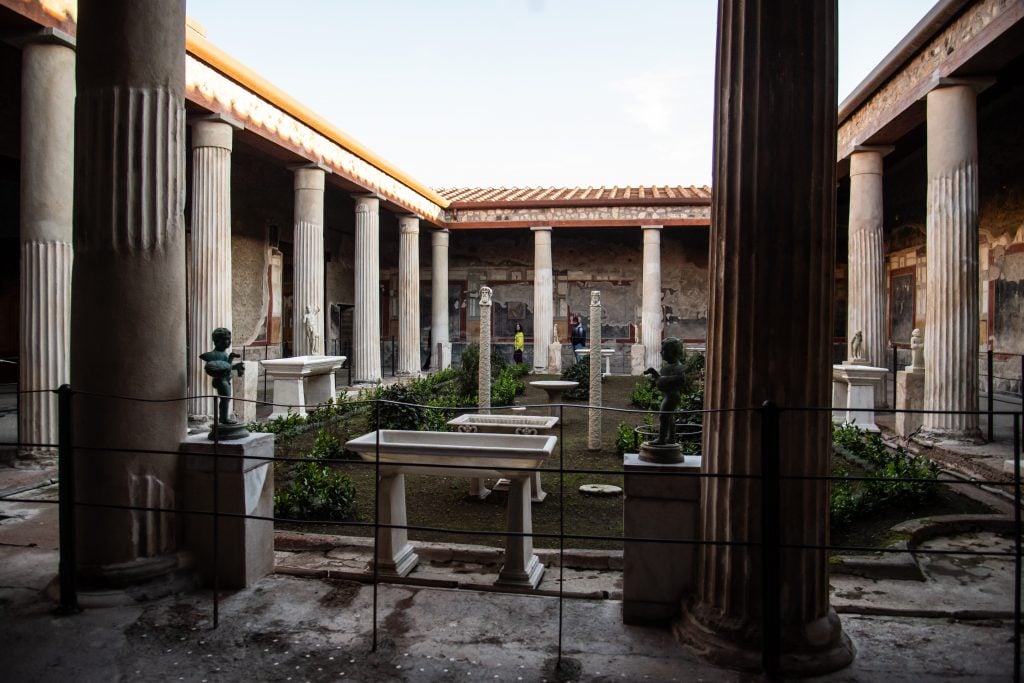
The House of the Vettii in the Archaeological Park of Pompeii. Photo by Ivan Romano/Getty Images.
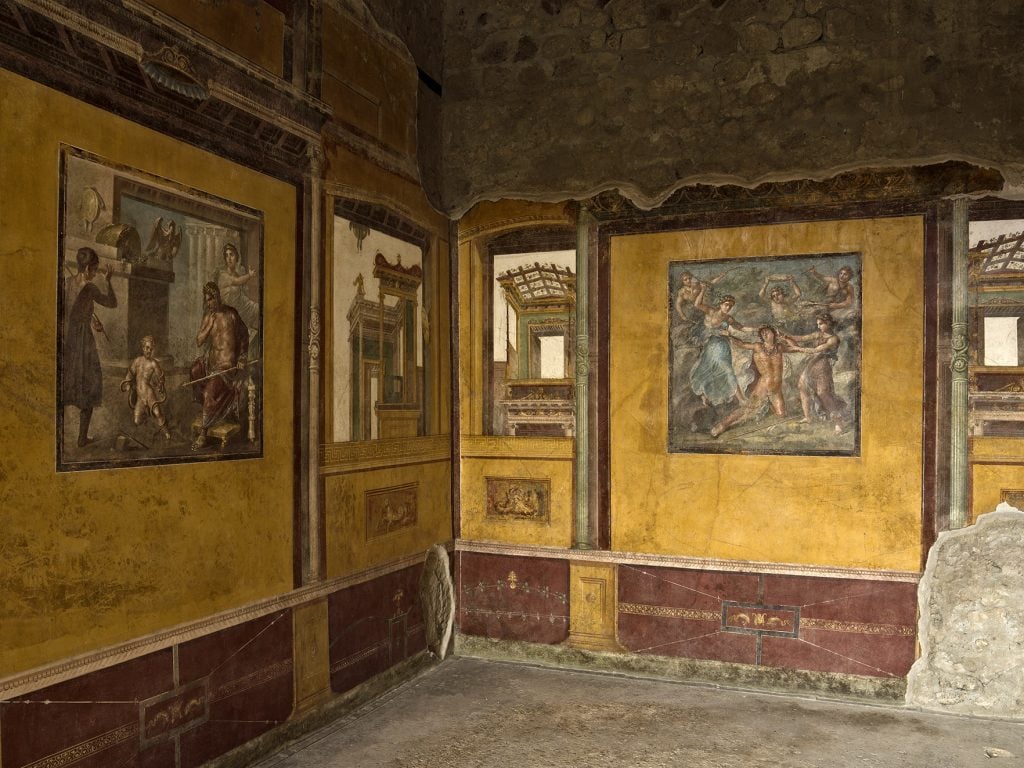
The House of the Vettii in Pompeii. Photo by Luigi Spina, courtesy of the Archaeological Park of Pompeii.
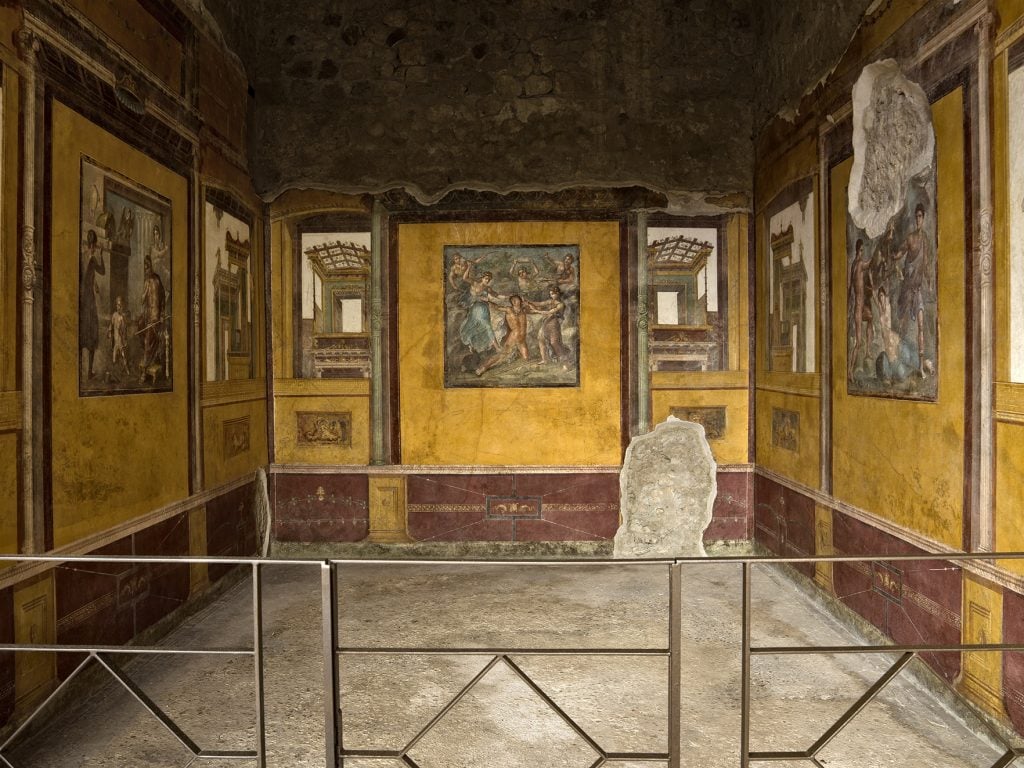
The House of the Vettii in Pompeii. Photo by Luigi Spina, courtesy of the Archaeological Park of Pompeii.
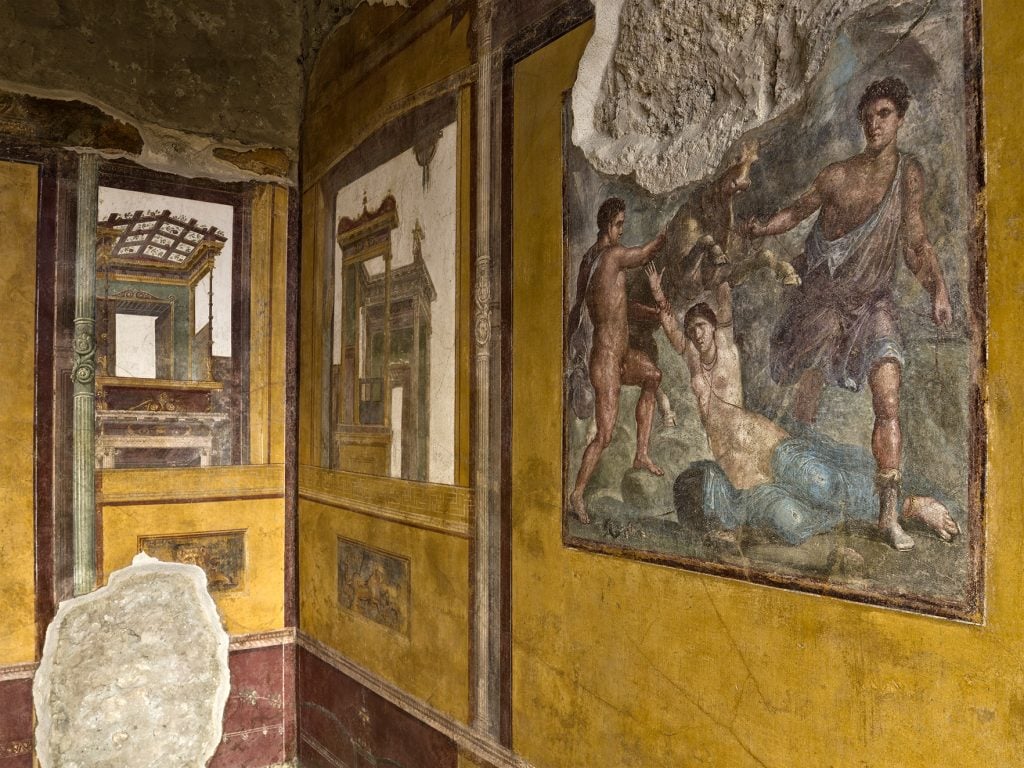
The House of the Vettii in Pompeii. Photo by Luigi Spina, courtesy of the Archaeological Park of Pompeii.
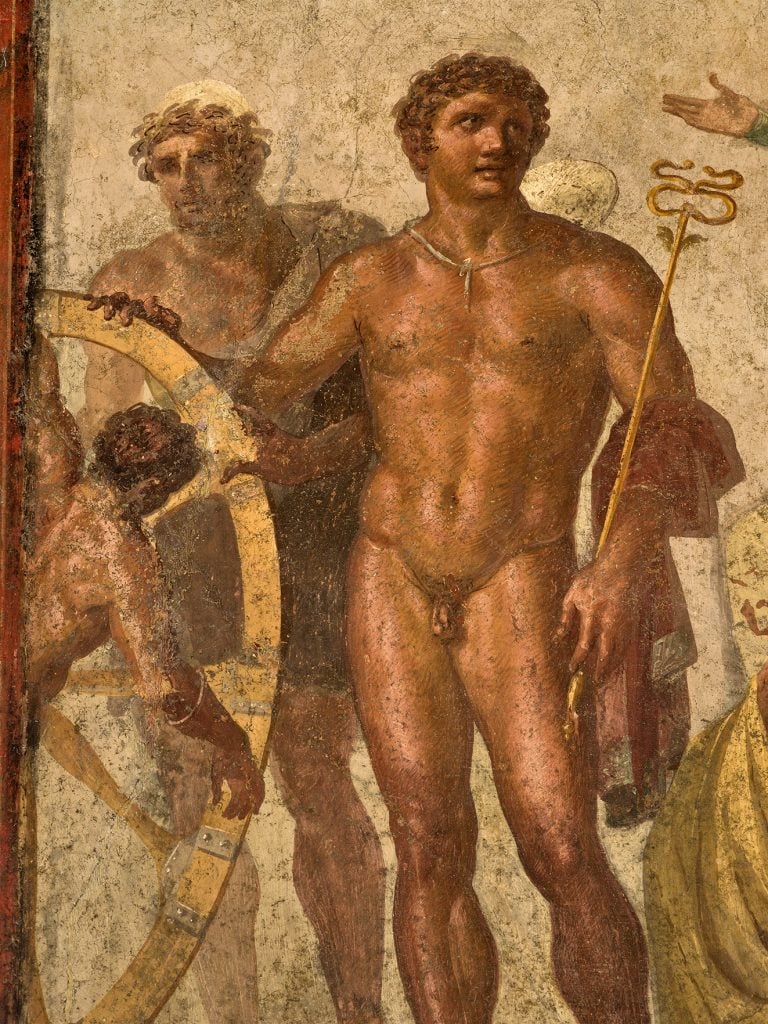
A fresco at the House of the Vettii in Pompeii. Photo by Luigi Spina, courtesy of the Archaeological Park of Pompeii.
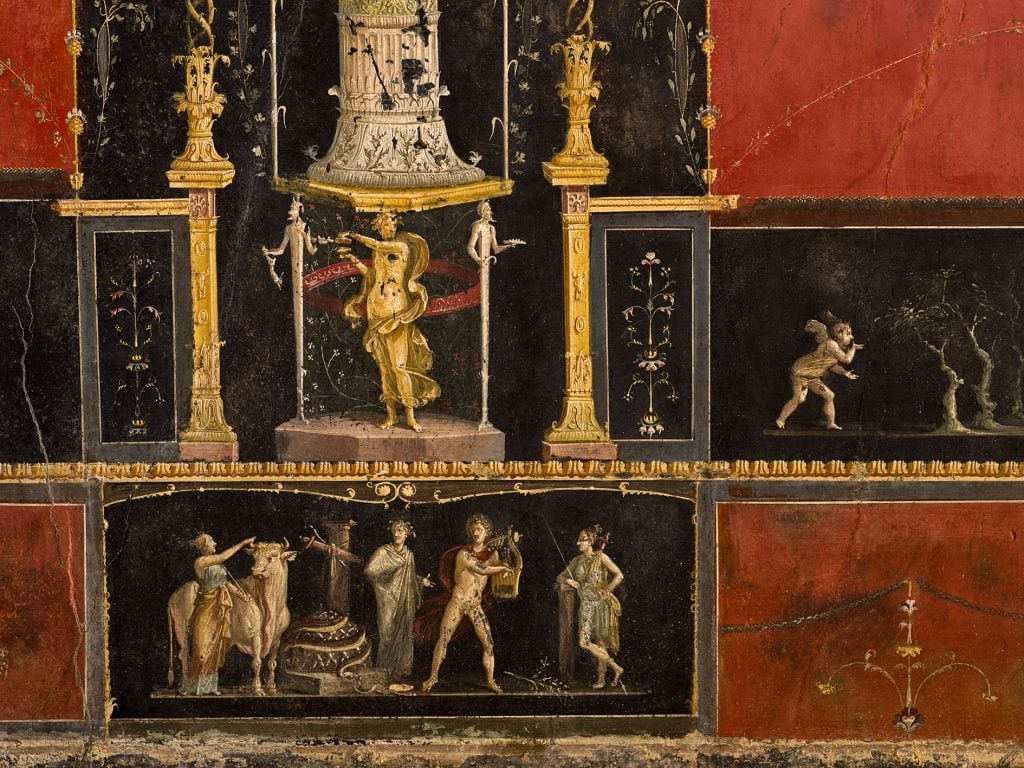
Frescoes at the House of the Vettii in Pompeii. Photo by Luigi Spina, courtesy of the Archaeological Park of Pompeii.
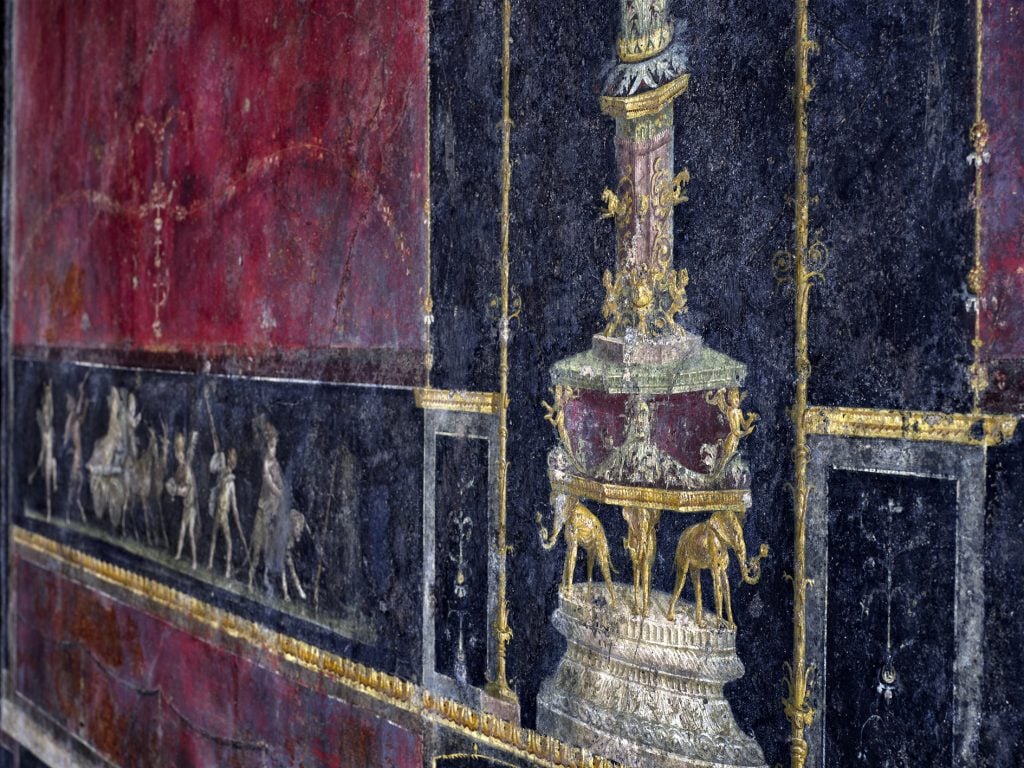
Frescoes at the House of the Vettii in Pompeii. Photo by Luigi Spina, courtesy of the Archaeological Park of Pompeii.
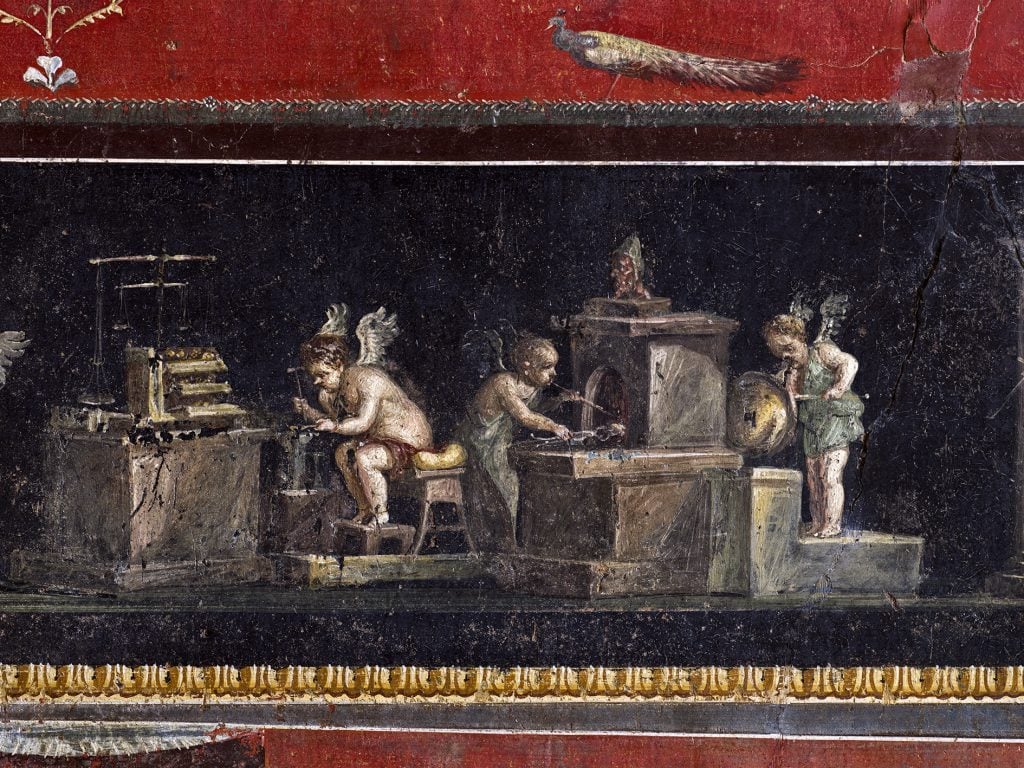
A fresco at the House of the Vettii in Pompeii. Photo by Luigi Spina, courtesy of the Archaeological Park of Pompeii.
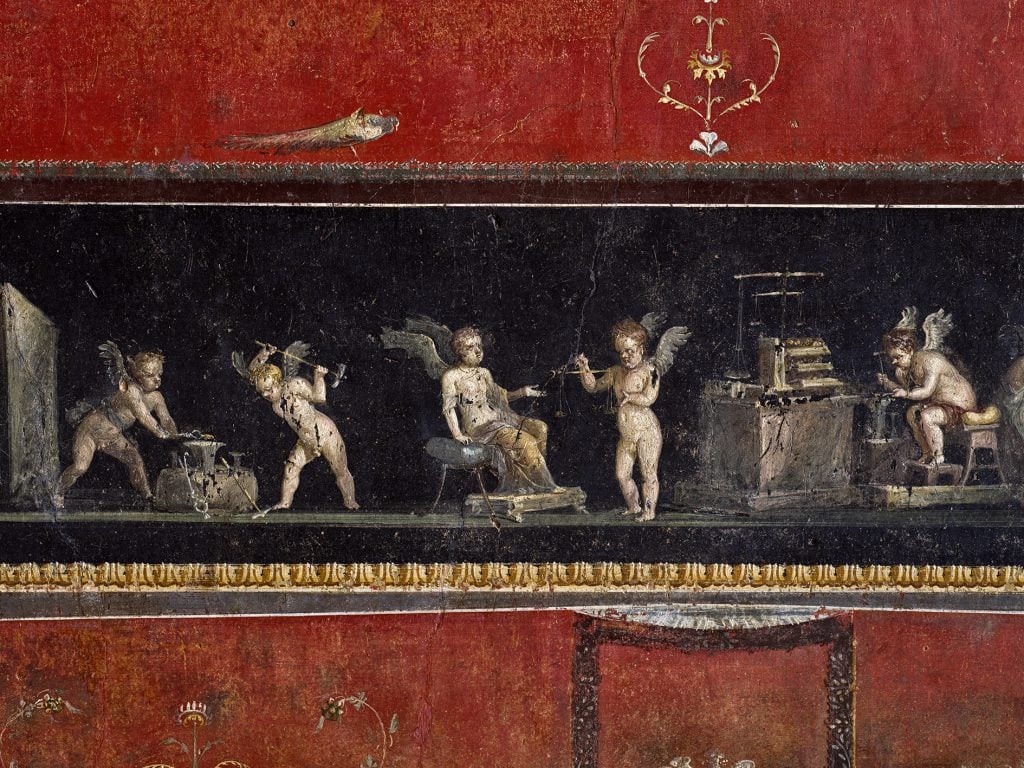
A fresco at the House of the Vettii in Pompeii. Photo by Luigi Spina, courtesy of the Archaeological Park of Pompeii.

A fresco at the House of the Vettii in Pompeii. Photo by Luigi Spina, courtesy of the Archaeological Park of Pompeii.
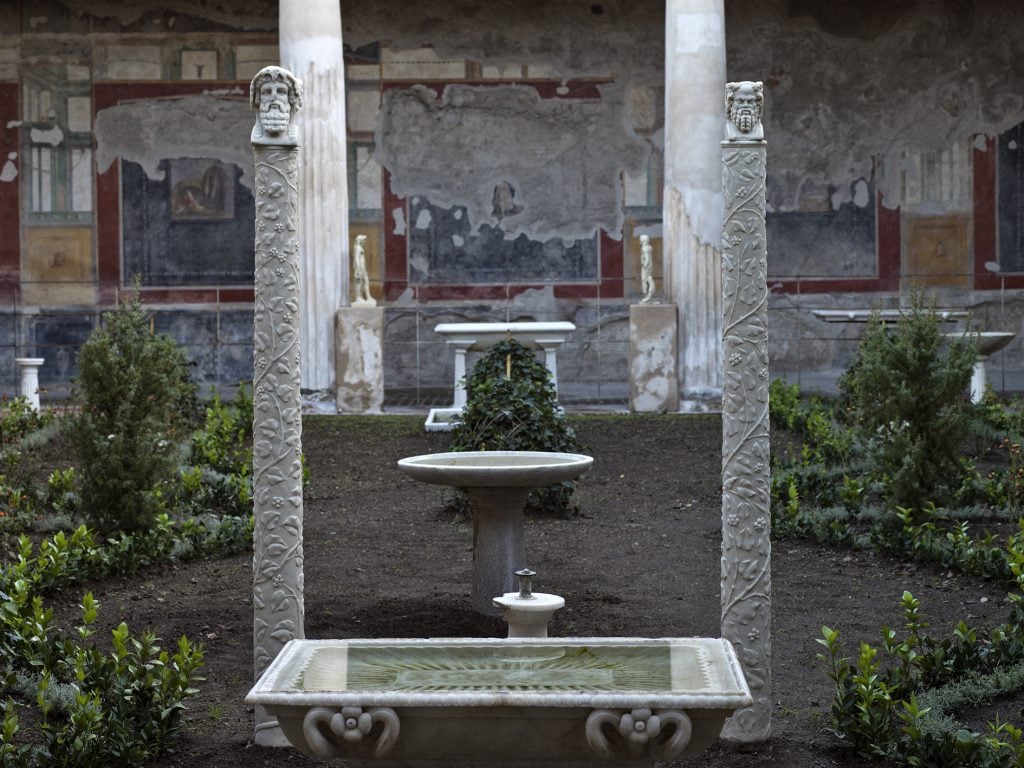
The House of the Vettii in Pompeii. Photo by Luigi Spina, courtesy of the Archaeological Park of Pompeii.
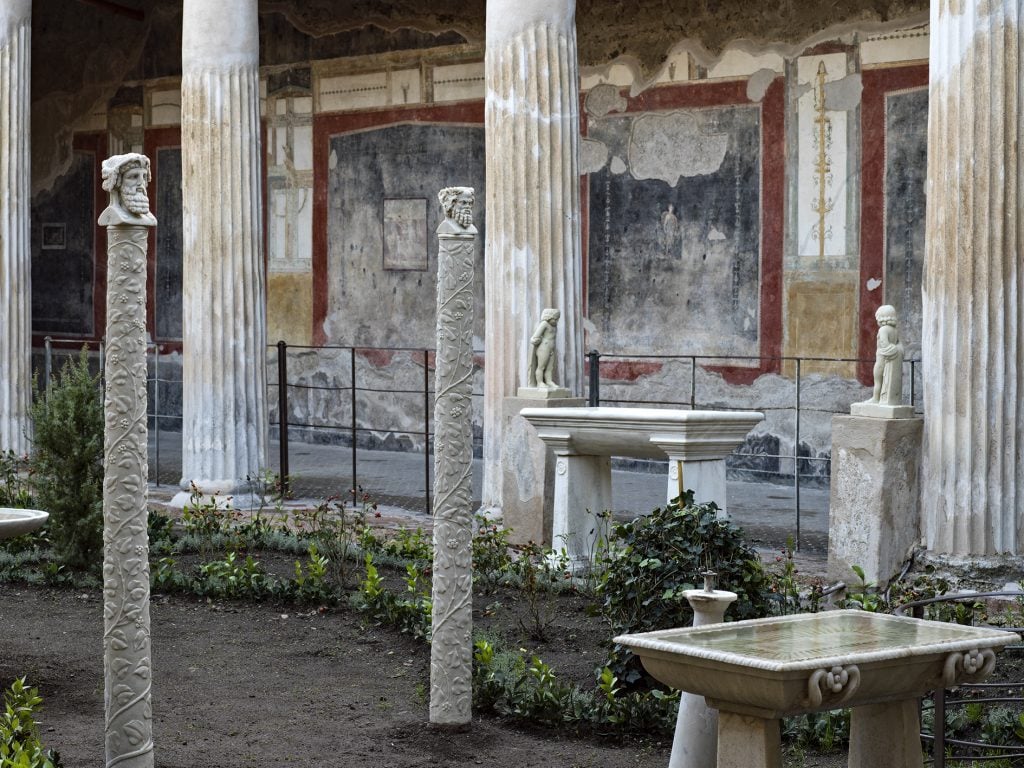
The House of the Vettii in Pompeii. Photo by Luigi Spina, courtesy of the Archaeological Park of Pompeii.
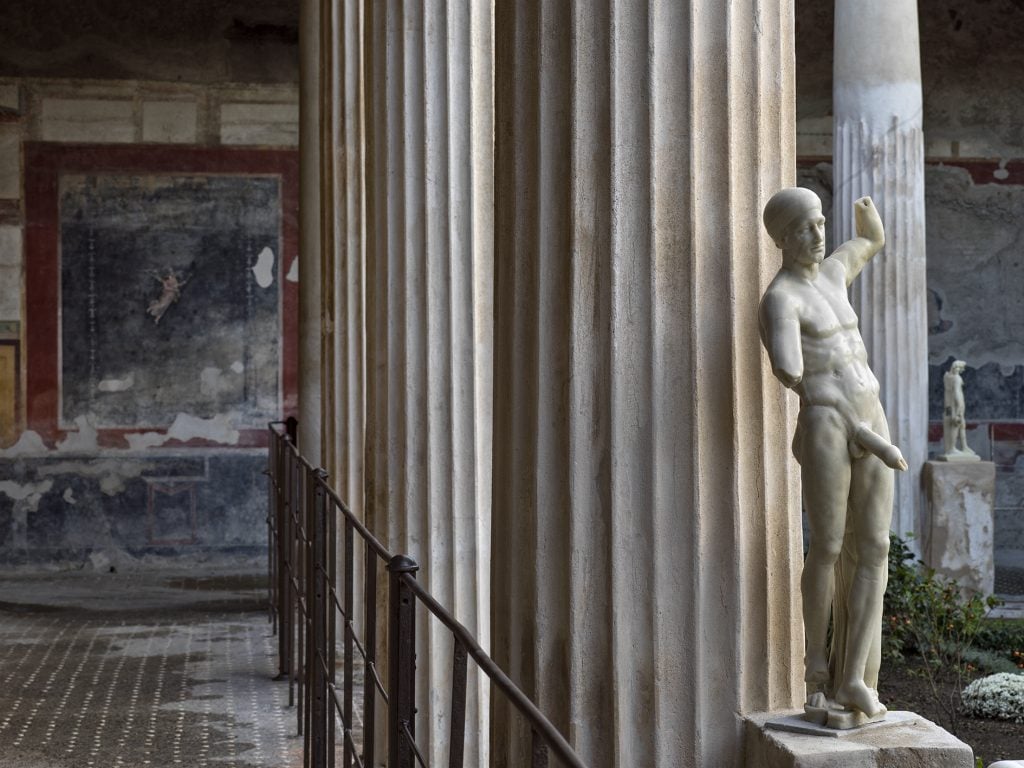
The House of the Vettii in Pompeii. Photo by Luigi Spina, courtesy of the Archaeological Park of Pompeii.
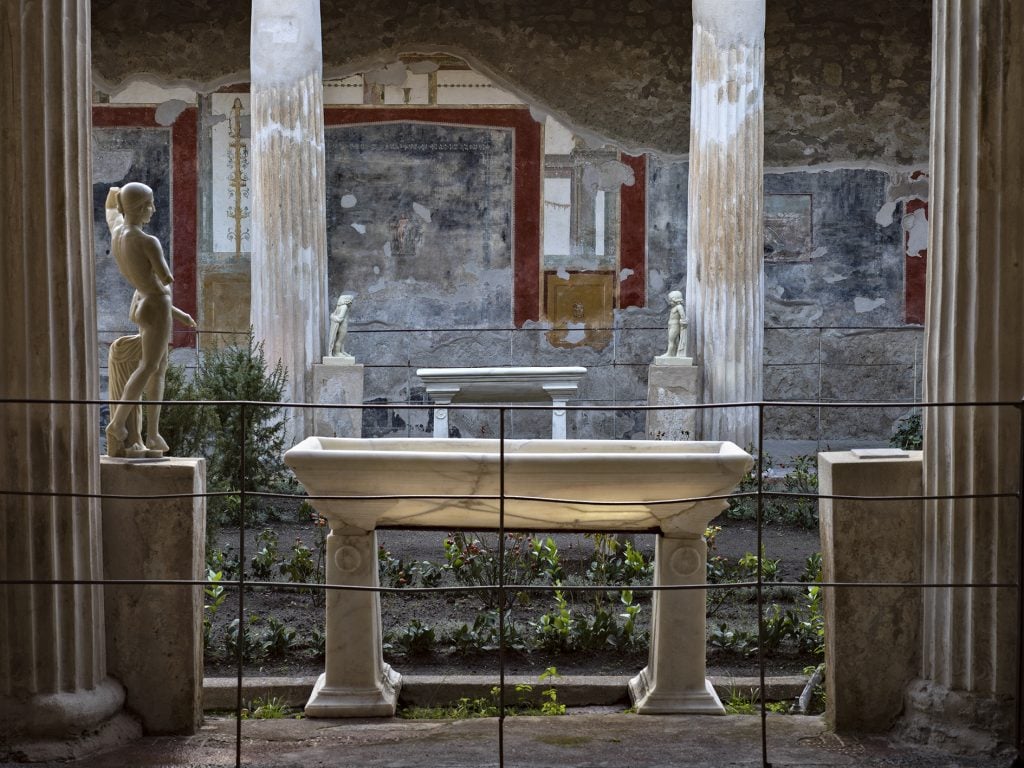
The House of the Vettii in Pompeii. Photo by Luigi Spina, courtesy of the Archaeological Park of Pompeii.
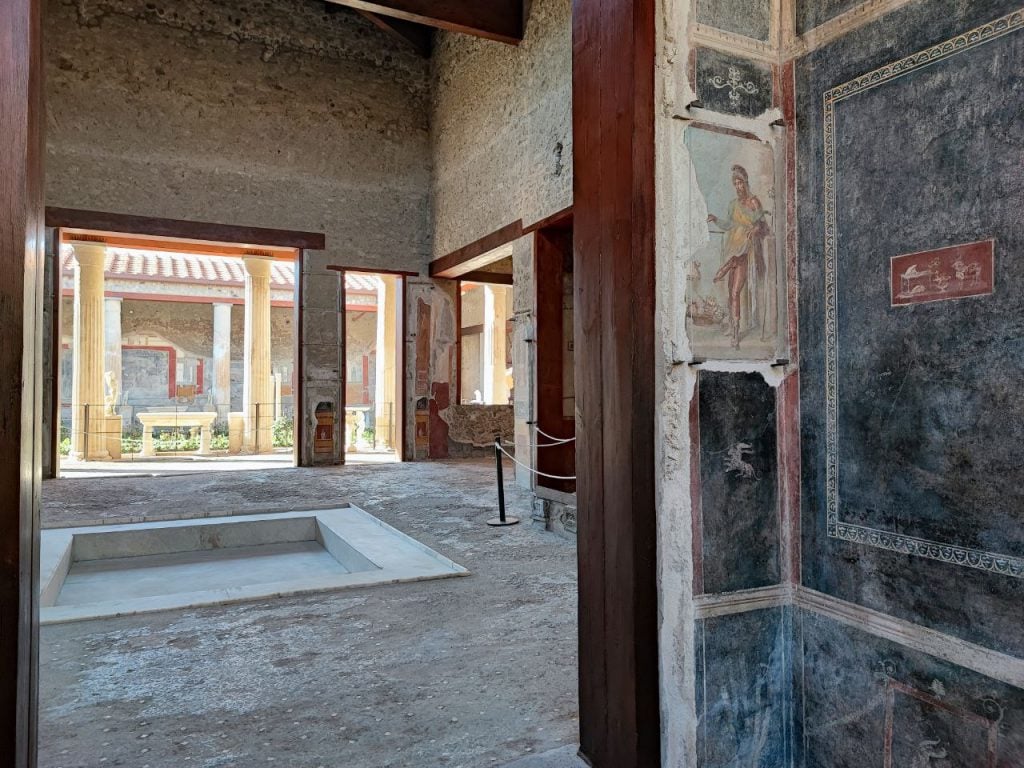
The House of the Vettii in Pompeii. Photo by Silvia Vacca, courtesy of the Archaeological Park of Pompeii.
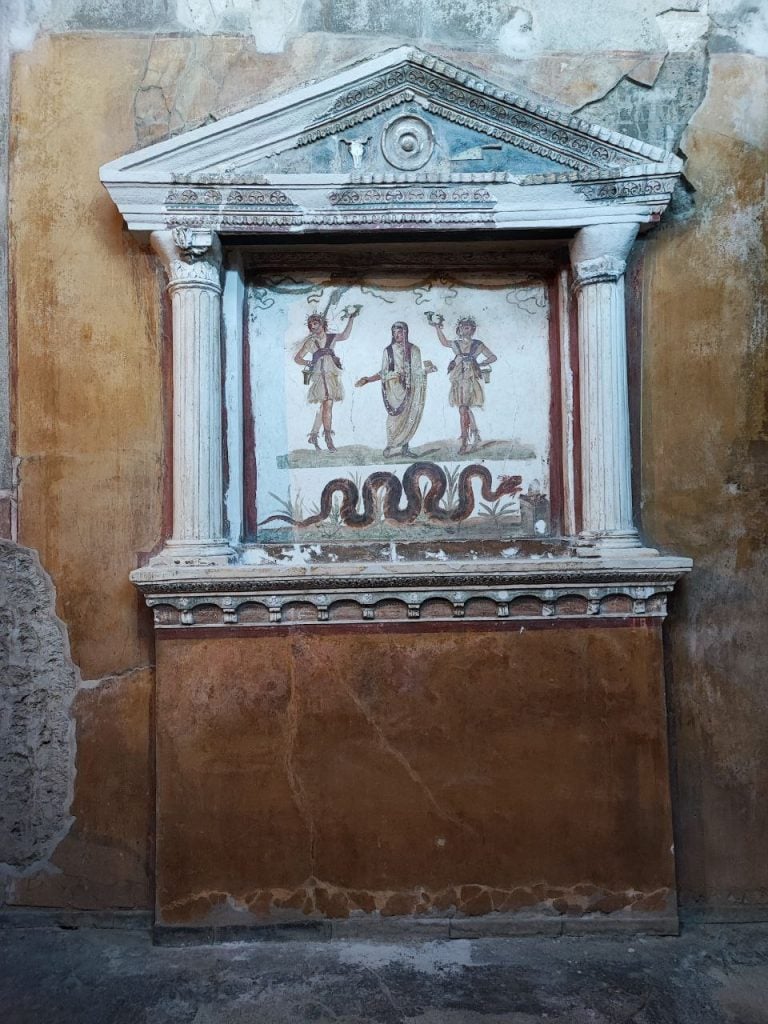
A fresco at the House of the Vettii in Pompeii. Photo by Silvia Vacca, courtesy of the Archaeological Park of Pompeii.